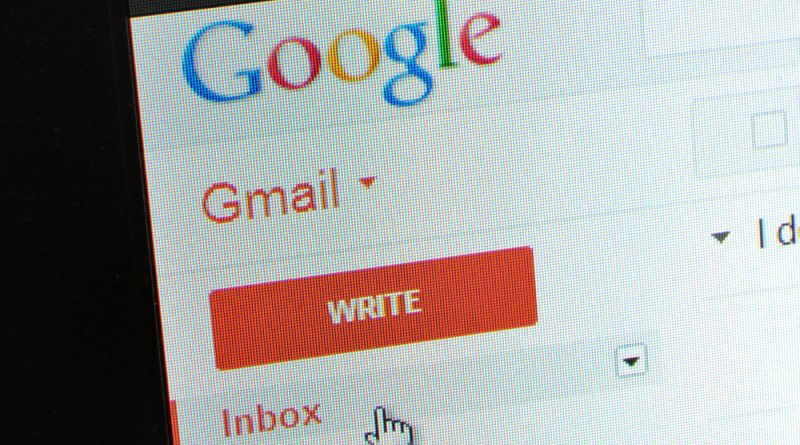Gmail Cranks Up Email Security: A New Dawn for Bulk Sender Authentication
Heads up, Gmail users and bulk email senders! Google’s rolling out new rules that are changing the email game, and Neil Kumaran, the guru behind Gmail security and trust, has the lowdown. Starting February 2024, if you’re sending emails in big numbers through Gmail, you’ve got to step up your authentication game. And guess what? It’s already making waves. Users are buzzing about error messages popping up, signaling that unauthenticated emails are getting the boot.
Closing the Attacker Loophole Google’s not playing around; they’re on a mission to make our inboxes safer and less cluttered with spam. The idea is simple: you shouldn’t have to be a security whiz to trust an email’s source. Google’s cracking down on bulk senders, demanding robust authentication to slam shut those pesky loopholes attackers love to exploit. And we’re not talking small numbers here; this affects all 1.8 billion Gmail accounts out there.
Authentication Errors in the Spotlight Seth Blank, the tech brain at Valimail and the co-chair of the DMARC working group, gave us a heads-up: unauthenticated emails are starting to hit roadblocks. Come April, those emails that don’t pass the DMARC check are getting rejected, no ifs, ands, or buts. And yep, users are already noticing those authentication failure alerts. Google’s message is clear: starting February, bulk senders not meeting the mark will start seeing these errors, a nudge to get their act together and comply with Gmail’s guidelines.
Why This Matters More Than You Think Think your Gmail’s spam filter is top-notch? You’re right, but Google’s Kumaran says it’s not enough. Even with AI blocking over 99.9% of bad stuff, including a whopping 15 billion emails daily, there’s room for improvement. That’s where the new rules kick in. Bulk senders, defined by Google as those sending over 5,000 messages to Gmail addresses in a day, are under the microscope. Why? Because unsecured systems are like open invitations to cyber crooks. Last year, Gmail started requiring some form of email authentication, slashing the number of unauthenticated messages by a staggering 75%.
Making Unsubscriptions and Reporting Easier It’s not just about blocking the bad stuff. Google’s making it easier for you to unsubscribe from unwanted emails and setting a clear spam rate threshold. Cross that line, and your emails are getting throttled. Kumaran’s confident this move will make your inbox even cleaner.
Decoding Unauthentication Errors Want to dive deeper into what those error messages mean? PowerDMARC’s Yunes Tarada is your go-to expert. He’s got the lowdown on Gmail’s unauthenticated sender errors and what triggers them. And here’s a pro tip: even if you’re sending fewer than 500 emails a day, you might still hit a snag if you’re missing some key security checks like SPF, DKIM, and a bunch of others.
A Collective Defense Against Email Spoofing Blank’s been in Google’s ear, giving them the scoop on customer feedback and helping everyone make sense of these new requirements. He’s got a vision: a herd immunity for email, where 70% of the biggest bulk senders use solid authentication to make domain spoofing a bad business move. Gerasim Hovhannisyan from EasyDMARC echoes the sentiment, urging businesses to get comfy with security standards like SPF, DKIM, and DMARC. In this ever-changing cyber landscape, staying on top of these trends isn’t just smart—it’s crucial for keeping your communication clear and your digital rep spotless.

